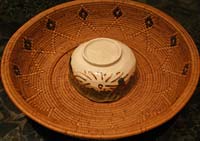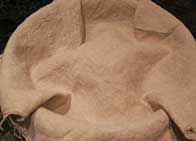I’m prepared to catch a lot of flak with this post, because I’m going to challenge some of the most cherished and prevalent beliefs about my favorite type of bread and that mysterious microbial ecosystem that makes it possible: sourdough.
I’m not saying these Sourdough Stories are False with a capital F or Myths with a capital M, nor am I proclaiming myself the grand arbiter of high sourdough truth. But there are credible sources that refute or question a good amount of the prevailing lore. If you don’t want to give these Sourdough Stories up, that’s fine. But if it would make your life easier or more interesting to let a few of them go, then feel free to do that, and know that you’re in good, if perhaps not abundant, company.
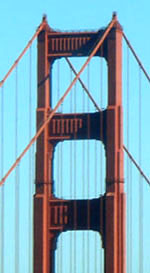 Sourdough Story #1: San Francisco sourdough bread can only be made in San Francisco. OK, I suppose you could say this one is actually true by definition. But the lactic-acid-producing bacterium (Lactobacillus sanfranciscensis) that supposedly makes SF sourdough unique is found in sourdough starters all over the world, and is in fact the predominant bacterial species in many of those starters. So if you’re not lucky enough to live in San Francisco, or to have a “geniune” SF sourdough starter, don’t despair; a fine sourdough is still attainable. Conversely, some sourdough breads made in SF are positively mediocre. A good sourdough bread has as much, if not more, to do with the skill of the baker than with the specific organism species in the starter. Read this Discover Magazine article to see why sourdough researcher Frank Sugihara said, “I think you can make San Francisco sourdough pretty much anywhere.”
Sourdough Story #1: San Francisco sourdough bread can only be made in San Francisco. OK, I suppose you could say this one is actually true by definition. But the lactic-acid-producing bacterium (Lactobacillus sanfranciscensis) that supposedly makes SF sourdough unique is found in sourdough starters all over the world, and is in fact the predominant bacterial species in many of those starters. So if you’re not lucky enough to live in San Francisco, or to have a “geniune” SF sourdough starter, don’t despair; a fine sourdough is still attainable. Conversely, some sourdough breads made in SF are positively mediocre. A good sourdough bread has as much, if not more, to do with the skill of the baker than with the specific organism species in the starter. Read this Discover Magazine article to see why sourdough researcher Frank Sugihara said, “I think you can make San Francisco sourdough pretty much anywhere.”
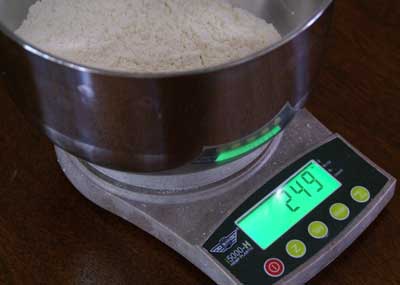
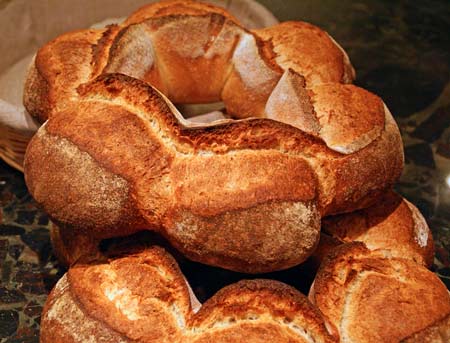
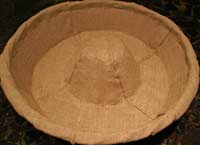 It’s time for another BreadBakingDay, and host Eva (
It’s time for another BreadBakingDay, and host Eva (